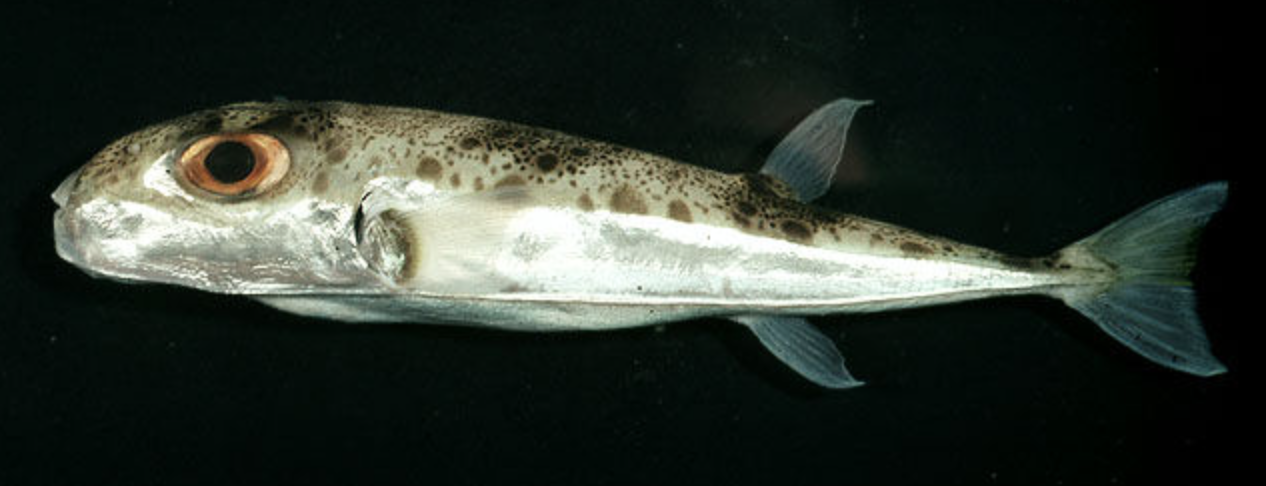The recent expansion of the Suez Canal in August 2015 doubled its shipping capacity, yet many scientists are worried that an increased flood of invasive species will enter the Mediterranean along with the increased marine traffic.
A recent New York Times op-ed, written by Rachael Bishop, included two Sea Around Us collaborators who study the devastating effects of invasive fish in Mediterranean waters.
The first scientist is Dr. Aylin Ulman, a recent Sea Around Us member and a post-doctoral student at the University of Pavia in Italy. She has been studying the arrival of the silverside puffer fish from the Indian Ocean, and has uncovered some alarming trends.
While the puffer fish was essentially non-existent in the waters south of Cypress prior to 2000, by 2010 it accounted for 30 percent of fishers’ catch.
Making matters worse, the puffer fish wreaks havoc for fishers. As Ulman told the New York Times, puffer fish eat 20 to 30 percent of fish caught on long-line hooks and often chew through trawler’s nets.
Another Sea Around Us collaborator, Dr. Dor Edelist, from the University of Haifa in Israel, described similar trends regarding invasive species in the Mediterranean.
In the 1970’s, invasive species accounted for 21 percent of Israeli trawler catch. Today, they account for over 50 percent.
Partly due to the increase of invasive species in the region – many of which are voracious predators – native species have seen their stocks fall.
The New York Times quoted research by the Sea Around Us that shows octopus catch off the coast of Cypress declined from 175 tonnes per year in 2001, to below 50 tonnes in 2009.
While scientists and environmentalists have called for measures to stem the further increase of invasive species into the Mediterranean from the Suez Canal, so far their calls have gone largely unheeded.



